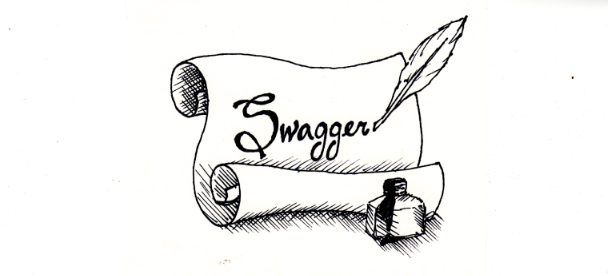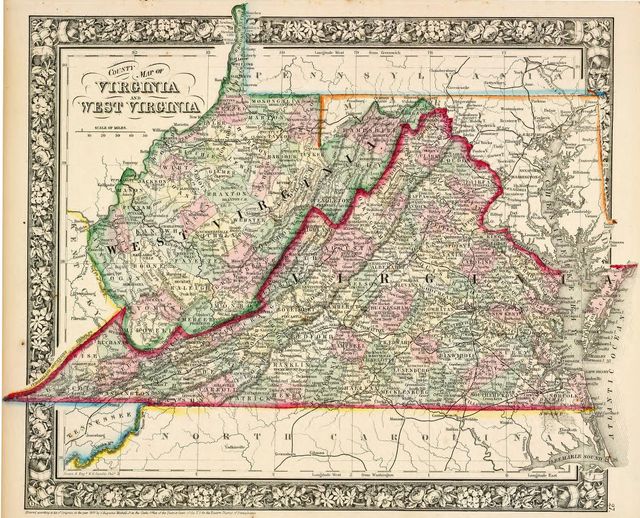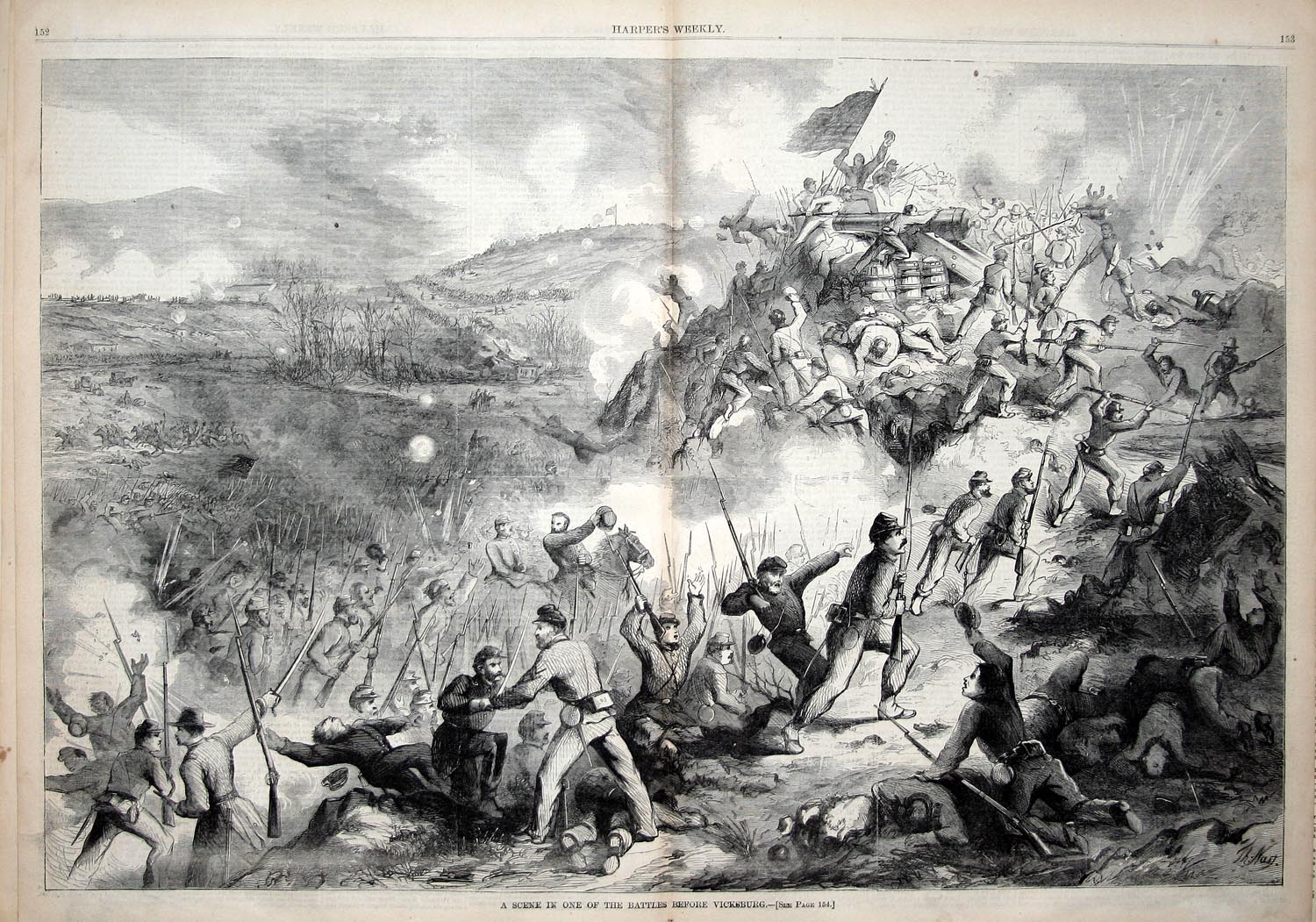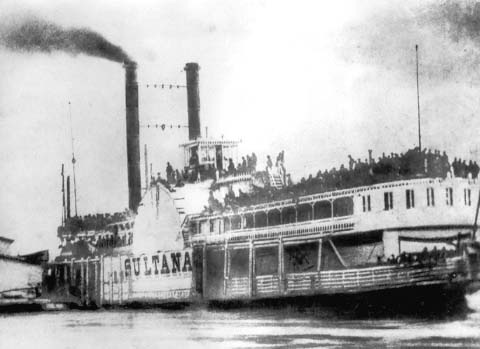If you’ve read my A to Z posts, you know about the horrors of Andersonville Prison and the disastrous sinking of the steamboat Sultana. And my historical fiction novel LIKE A RIVER (due out in Spring, 2015).
I had wanted to write a novel about Andersonville and the Sultana for many years and had written several first chapters, but I spent most of my writing time on other projects. Until I learned about Jacob Zimmerman.
Zimmerman was the great-great-grandfather of someone I know. And a survivor of Andersonville and the Sultana. That lit a fire under me to get the novel written.
Jacob Zimmerman was born in Germany and came to the U.S at age 27. He was so proud when he became a naturalized citizen that he framed and hung his citizenship papers on the wall of his home.
At age 44, he enlisted with the 115th Ohio Volunteers, and left his wife Catherine to care for their six children.

After nearly four months in Andersonville Prison, he was one of 2,000 former prisoners loaded on the Sultana. When the boat exploded and he saw the chaos in the river of men pulling one another down to try to save themselves, he stayed aboard as long as the flames allowed. When he finally went into the water, he took a small plank to help him stay afloat. He eventually joined three other men clinging to a bale of hay. Rescued at daylight about five miles downriver, he had spent the night in freezing water.

Jacob returned home to his family, and he and his wife added three more children. He lived to the age of 97.
My book isn’t about Jacob, but he was my inspiration.























